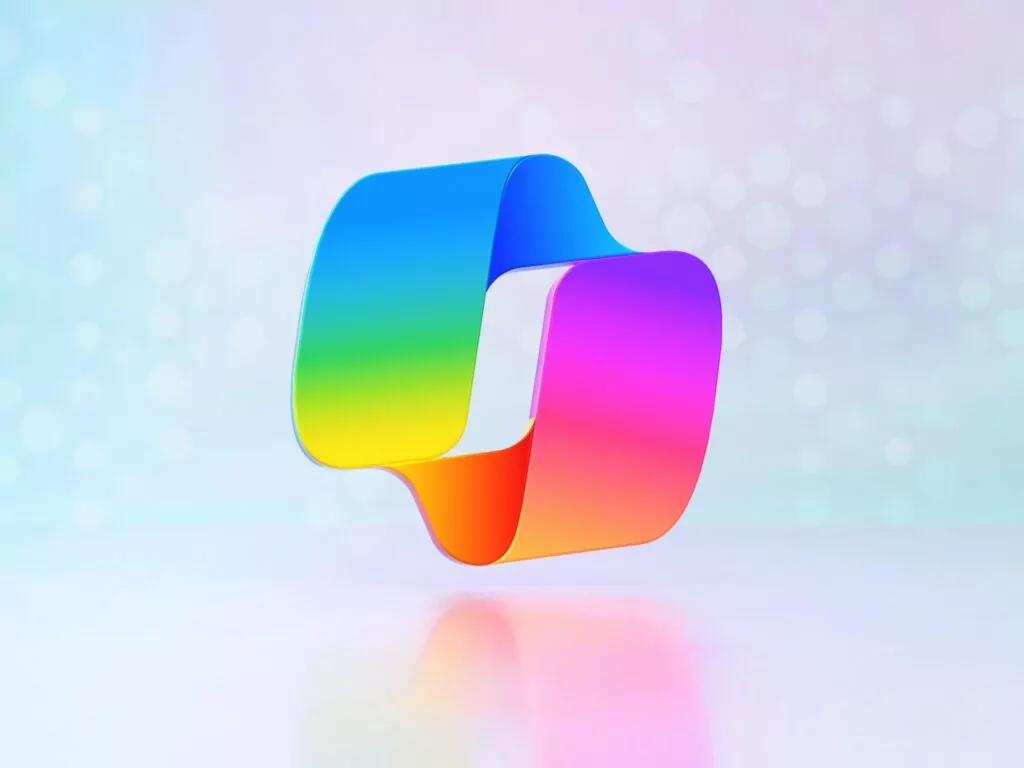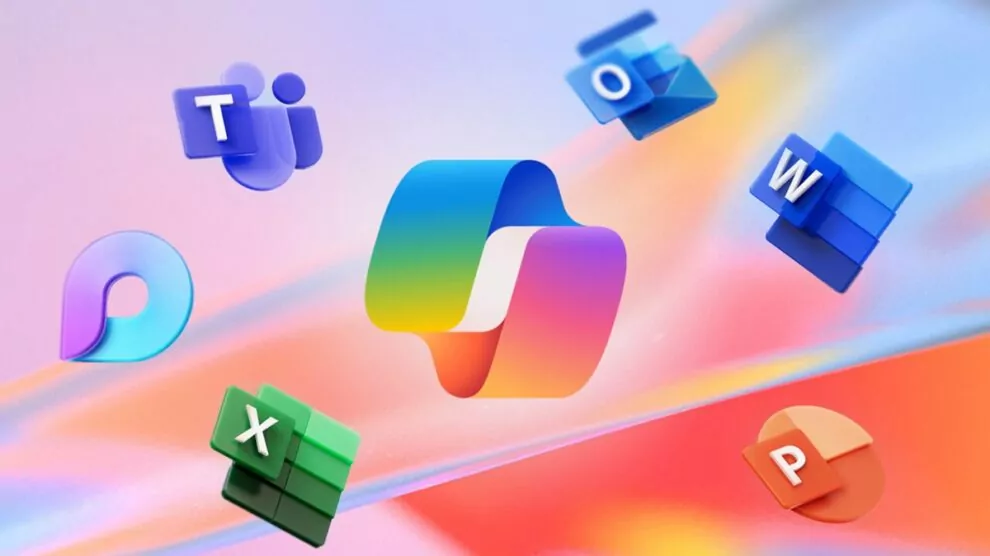In the ever-evolving landscape of artificial intelligence, Microsoft has been a pioneering force, continually pushing the boundaries of what’s possible in human-computer interaction. From the early days of Clippy, the infamous office assistant, to the sophisticated AI tools of today, the tech giant has persistently sought ways to make technology more accessible and helpful to users worldwide.

Copilot’s Evolution: From Text to Multi-Modal AI
Microsoft is significantly overhauling Copilot, its AI assistant bundled with Windows and other software. The upgrade introduces several key features:
- Vision capabilities
- Voice interaction
- Enhanced problem-solving abilities
- A more “encouraging” personality
Mustafa Suleyman, CEO of Microsoft AI, emphasizes the transformative nature of these changes:
“We really are at this amazing kind of transition point. AI companions now see what we see, hear what we hear, and speak in the same language that we use to communicate with one another.”
This multi-modal approach to AI interaction represents a significant leap forward from text-based interfaces. For more on the importance of multi-modal AI, see our article on The Power of Multi-Modal AI: Bridging Text, Vision, and Voice.
The Return of the Friendly AI Assistant
The new Copilot seems to be channeling the spirit of Clippy, Microsoft’s retired office assistant, but with vastly improved capabilities. Key features include:
- Conversation in multiple human-like voices
- Natural handling of interruptions and pauses
- Active listening capabilities
- Enhanced emotional support for users
Suleyman describes the new Copilot as a supportive presence: “It’s on your team, it’s backing you up, it’s your hype man.” This approach echoes the friendly demeanor of Clippy, but with the sophisticated understanding and capabilities of modern AI.
Availability and Rollout
Copilot Voice is being rolled out gradually:
- Available today in English
- Initial launch in Australia, Canada, New Zealand, the United Kingdom, and the United States
- Plans for expansion to more countries in the future
For the latest updates on Copilot’s availability, you can check Microsoft’s official Copilot page.
The Challenges Ahead
While the upgrades to Copilot are impressive, the path forward is not without challenges:
- Mixed user response to the current version, with complaints about lag and vague responses
- The potential for odd and unpredictable behavior, a common issue with large language models
- The need to balance helpfulness with user privacy and autonomy
These challenges echo some of the issues faced by Clippy, which was ultimately retired due to user frustration and its inability to deliver on the promise of human-like intelligence.
The Broader Context: AI in Productivity Software
Microsoft’s push to integrate AI into its widely-used software puts it at the forefront of a broader trend. Other tech giants, notably Google, are also incorporating AI into their productivity suites:
- Google is adding AI features to Gmail, Google Docs, and other apps
- These efforts aim to boost productivity in office work through AI assistance
For a comparison of different AI-enhanced productivity tools, see our article on AI in the Office: Comparing Microsoft, Google, and Other Productivity Suites.
Conclusion: The Future of AI Assistants
Microsoft’s overhaul of Copilot represents a significant step forward in the evolution of AI assistants. By combining vision, voice, and enhanced problem-solving abilities with a more supportive personality, Microsoft is aiming to create an AI companion that is both more capable and more approachable than its predecessors.
However, the success of this new iteration will depend on how well it can deliver on its promises and how users respond to a more pervasive AI presence in their daily work. As we move forward, the balance between helpful AI assistance and user autonomy will be crucial in shaping the future of human-computer interaction.
Related Links:










Add Comment